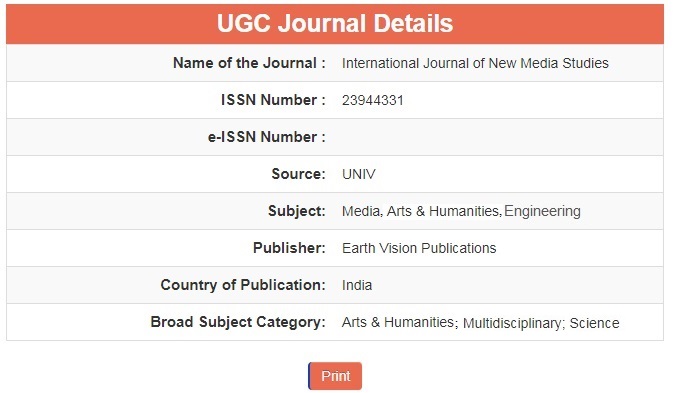An Examination of Software Reliability Models in the Context of Software Product Release
Abstract
The software manufacturer will have to pay for post-release repairs if a product with a large number of flaws is made available to users too soon. A product that is released too late runs the risk of missing a market window and incurring additional development costs. Software Reliability Growth Models (SRGMs) are used to estimate software release time and are capable of capturing the quantitative features of testing. From a cost-benefit perspective, SRGMs help developers determine whether to deliver software products at the best time by offering practical methods for reducing the anticipated overall cost of the software system. This paper presents the findings from a cost model study, which contributes to the discussion of when to stop testing software products. The research focuses on the relationship between the cost of development and the software product's delivery schedule, as well as the overall cost of the software, which includes risk charges like fines for late software delivery and repair expenses for defects found during the warranty period. We also look into different software release approaches, such as those that are based on the complementary constraints of dependability and cost.






